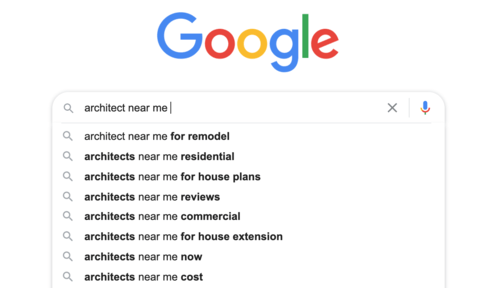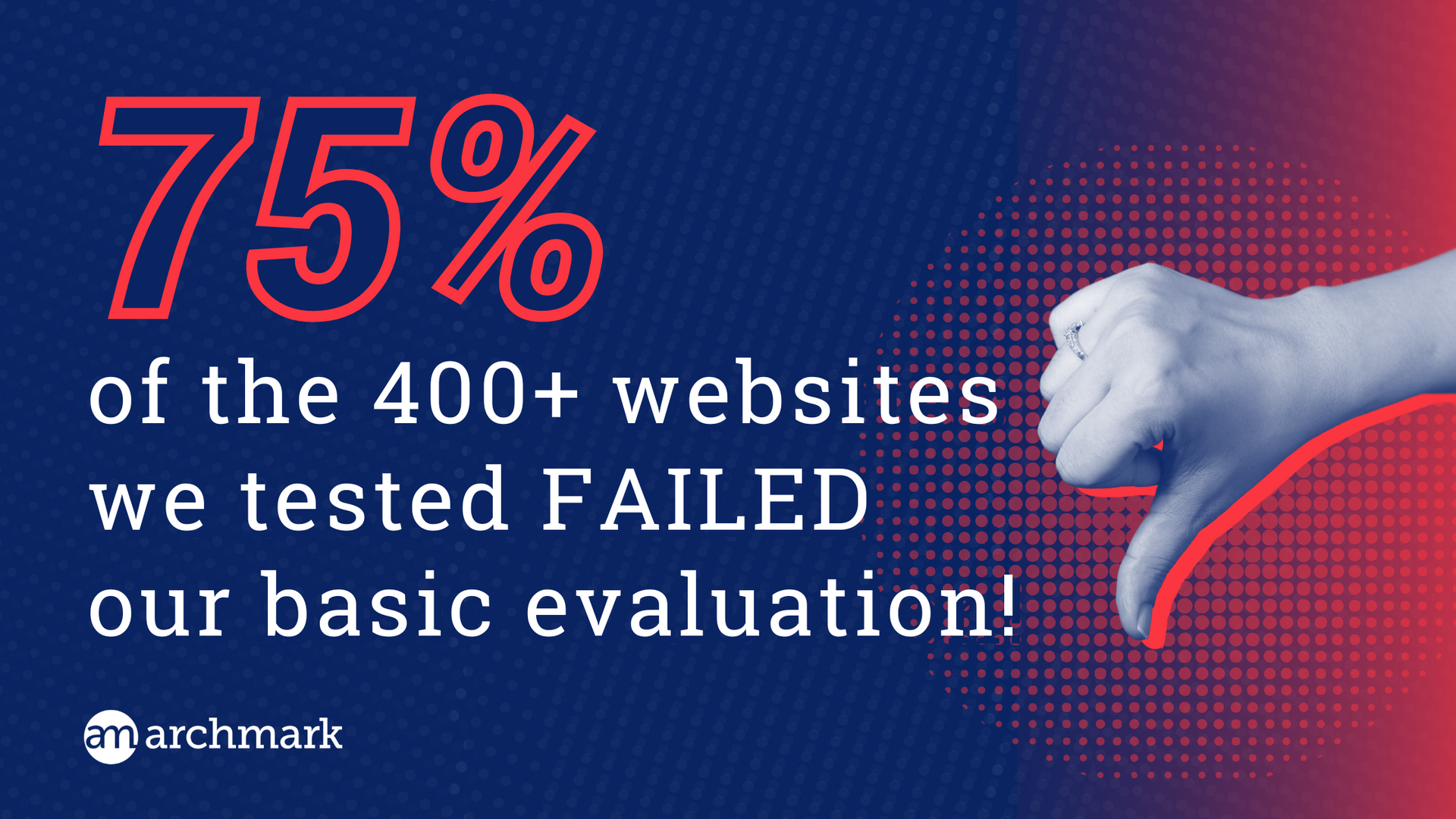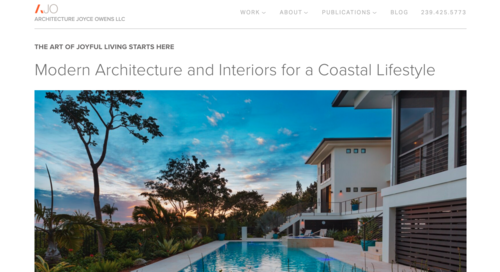“The first step to attracting better opportunities online is to communicate and share your firm’s expertise and experience relevant to those clients and projects.”
Visitors want to know why they should choose your firm over another.
What can you tell them to help them understand what makes your firm different, unique, or interesting?
An easy way to get their attention is to communicate how you help them.
Your homepage presents a great opportunity to communicate the value that you, as an architect, bring to your projects.
Paint a picture of the results you will deliver for them.
In Joyce’s case, when we spoke to her and her team, they kept talking about how their clients described their new homes as works of art that they feel privileged to live in.
We translated that idea into a simple phrase, “The Art of Joyful Living.”
This phrase, which also plays on Joyce’s name in a clever way, juxtaposed with images of the beautiful homes that Joyce designs, sends a clear message to her website visitors.
It helps them understand not only what Joyce does well, and differently from others, but it also speaks to what she can deliver for them.
Here is a big takeaway, and this may go against everything you believe, but your website is all about helping your prospects to see what’s in it for them.
What do they get out of it when they choose to work with your firm?
Visitors to Joyce’s website understand that they too could experience the Art of Joyful Living.
Question 3: What do they need to do next?
If you don’t make it easy for your website visitors to take the first step, they simply won’t do it.
Sure, you have a “Contact Us” page with that email form and your phone number.
But, searching through a website to find that form is not what moves people to take action. In fact, most people will leave a website when they can’t find the phone number quickly.
In short, it adds up to lost opportunities.
The solution is simple:
- Tell people what to do next to get started with you and make it easy
- Give them a good reason to engage with you, even if they aren’t ready yet.
- And, make sure the tools you are asking people to use on your website are working!
Easy
One reason for lost opportunities is because website visitors can’t easily find how to contact you — and they don’t see options to contact you on every page of your website.
We also know that most visitors will not fill out long forms for that first contact, especially forms asking for too much information and project details.
Why is that?
Primarily, when someone first visits your architecture firm website, they’re in the early stages of looking for an architect.
In fact, they may be wondering if they need an architect at all. Or they may simply be looking for ideas and inspiration.
Often, they are not at the stage where they are making a decision about hiring you — at least not yet. But that doesn’t mean that you shouldn’t try to engage them.
Even during the first website visit, they are forming opinions about their experience with you and deciding whether or not to continue.
These visitors may be your ideal future clients. Don’t put too many hurdles (*required fields) in their way.
Keep your contact forms brief and leave the digging for details for that first discussion.
Engaging
Think about it, when was the last time you filled out a Contact Us form? Now think about how many times you’ve filled in your email to download something helpful from a website — maybe a checklist, template, or guide that interests you. Learn more about how to create an Email marketing strategy
here.
A really easy way to engage your website audience into contacting you is to offer valuable, free help. One of the easiest ways to do this is to provide a digital download — often referred to in marketing-speak as a “Value Offer.”
Once you have someone’s email, you have the ability to communicate with them directly, to send them more information as they go through their decision-making process.
You have the opportunity to stay top-of-mind and remind them that you are available to help them with their project.
For architects, there are many types of value offers that will engage prospective clients:
- A guide to hiring an architect
- A project planning checklist or workbook
- A project inspiration kit
- A downloadable portfolio of your best work
- A guide to why it’s important to hire an architect and when
Other options include online quizzes and free project consultations—once you start thinking about it, there are many good ideas that you can apply strategically to move people to give you their email in exchange for your “value offer.”
Unfortunately, few architects offer some type of value offer.
In fact, of the more than 550 websites we've tested, not one had a value download on their homepage.
(The good news: If you add a simple offer to your website, you’ll have an edge over those architects who don’t.)
Remember, many website visitors will gladly exchange their contact information for something they perceive can help them.
And once you have their email address, you can send them more value, directly to their inbox.
Functioning
Even when you’ve made it easy and engaging for people to contact your firm, you still need to be sure everything is functioning.
It’s really no surprise that nearly every architect we talk to says the same thing: “I don’t know if anyone has ever filled out our contact form.”
When we first started working with one of our clients and digging into their old website, we discovered they had a backlog of more than 100 form submissions dating back a couple of years. The forms were being sent to an email address that had been removed due to an employee leaving the company.
We checked the list of “contact us” form submissions against the client’s list of past and current prospects. None of them matched.
That means that for more than two years they were missing opportunities to win new business simply because they never tested the “contact us” form on their website.
Have you tested out the contact forms yourself? If not, go ahead and do that and make sure you know where those requests are going, and then how they are handled.
Don’t wait on this last step, it’s easy to do right away.















